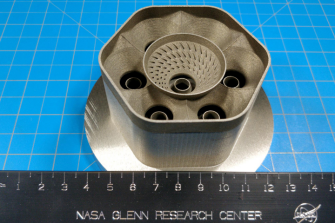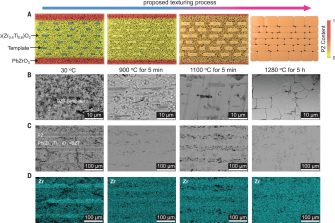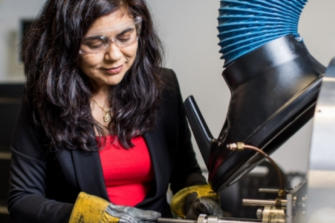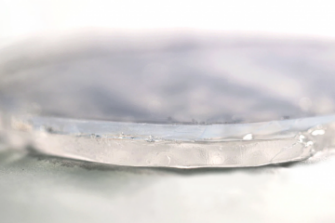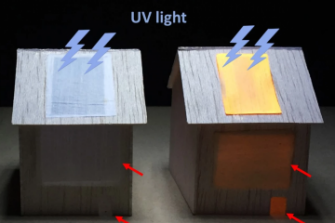What is materials science & engineering?

The field of Materials Science and Engineering offers limitless possibilities for innovation and development.
Materials scientists and engineers work on developing high-performance metallic, ceramic, polymeric, composite, nanostructured, bio- and nature-inspired materials, as well as designing new products and technologies that impart a substantial benefit to society. This is achieved through the way they positively impact the environment, improve health, increase our standard of living, increase productivity of our vital resources, enhance national security, and promote economic prosperity.
Materials scientists and engineers are also involved in every aspect of technology, ranging from designing new materials for use in integrated circuits, transport vehicles, water purification systems, biomedical implants, and green energy generation and storage, through to developing sustainable processes and recyclable products. In this century, sustainability, environmental impact, and the ongoing quest to improve our health and standard of living, lie at the core of materials development and application.
As technology continues to advance, there is an increasing demand for Materials Scientists and Engineers who can design better materials and more sustainable processes that meet the rapidly evolving needs of society. This offers outstanding career prospects across various sectors, such as aerospace, transportation, defence, construction, mining, electronics, energy conversion, and biomedical science.
Skills and expertise
The broad objective of our various undergraduate and postgraduate programs is to develop well-educated graduates, that is, graduates with the strong technical knowledge and the basic skills and attributes required to practise as professional engineers and scientists. The desired skills are those that enable graduates to be independent investigators, self-motivated, critical thinkers, problem solvers, life-long learners, good communicators, team players, effective managers, as well as economically, environmentally and socially aware citizens.
Career Opportunities
With a UNSW undergraduate or postgraduate degree in Materials Science and Engineering, your career opportunities are vast and diverse. If you're passionate about sustainability and the environment, you'll find yourself working with renewable energy technologies, additive manufacturing, sustainable materials processing, and recycling – making a positive impact on the planet. Your degree can also lead you to push the boundaries of technology in the construction, automotive and aerospace industries. You can even lend your expertise to forensic science, where your understanding of materials' properties and behaviour could be crucial in solving complex cases. Your degree also offers numerous opportunities in nanotechnology, electronics, and healthcare, where you can contribute to miniaturising technology, revolutionising electronics, and even developing life-changing medical devices.



